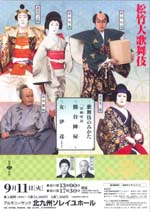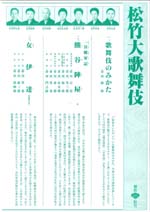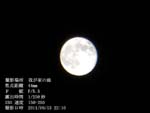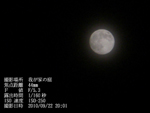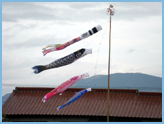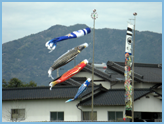Last week, it was very cold in Japan. My town, which is on the Kyūshū(九州) island, was no exception. On Thursday temperatures were 2 ℃(36℉), and On Friday 0 ℃(32℉). What time? Around 8a.m. Where? My living room(茶の間). (^^)
I rebuilt my house about 20 years ago. It is, if anything, a traditional Japanese-style. My old house was built in the early 1880’s. It was a traditional Japanese-style house for me. But for people in the early 1880’s it might be a modern house because it was a two-story one. When it was built, the first two-story house in my town, I hear.
When I decided to build a new house, the old one was almost 100 years old. Actually, the decent traditional Japanese-style house stands more longer time. But my town was old coal mine lands. It has a lot of tunnels under the ground. So the ground isn’t firm, which makes a house lean. Rain has harmful effects for the house because a traditional one is made of wood, paper, and soil. Result of that, its life goes shorter.
Until an air-conditioner invented, how to build a house in Japan makes it a principle to how to live out Japanese summer. (^^;) About it, Yoshida Kenkō(吉田兼好) wrote in Tsurezuregusa(徒然草), section 55(第55段).
Even now, almost everywhere in Japan except for Hokkaidō(北海道), a house is not sealed in a high level. Most of them don’t have a central heating system. So does mine.
The heating system of my living room(茶の間) is an oil heater and a electric kotatsu(電気ごたつ). Main is kotatsu and sub is oil heater. When I relax in the living room, I use these devices and wear a wataire(綿入れ). In many cases 綿入れ might be called as 綿入れはんてん.
Now i.e. 10p.m., temperatures are 18 ℃(64℉) in my 茶の間. I feel a little bit too warm. So, I turned off the oil heater. (^^)
 Today, it’s 15th of August by our old calendar(旧暦). It’s time for “Otsukimi(お月見)”. But, I cannot see the full moon from my house because of thick clouds.
Today, it’s 15th of August by our old calendar(旧暦). It’s time for “Otsukimi(お月見)”. But, I cannot see the full moon from my house because of thick clouds.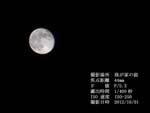 “お月見” and “台風”, both of them are features of autumn in Japan. One is good, the other is bad. The night happens to coincide with a typhoon might be natural.
“お月見” and “台風”, both of them are features of autumn in Japan. One is good, the other is bad. The night happens to coincide with a typhoon might be natural.